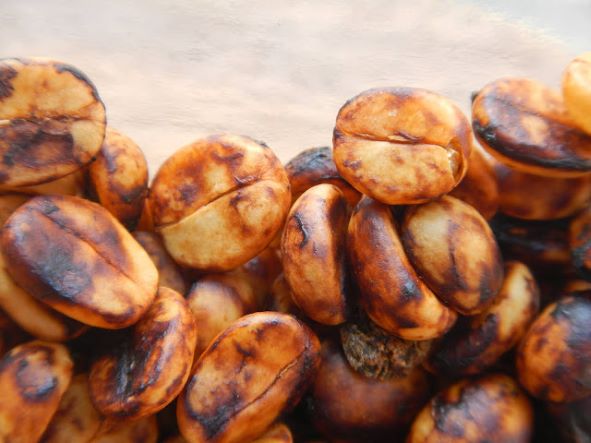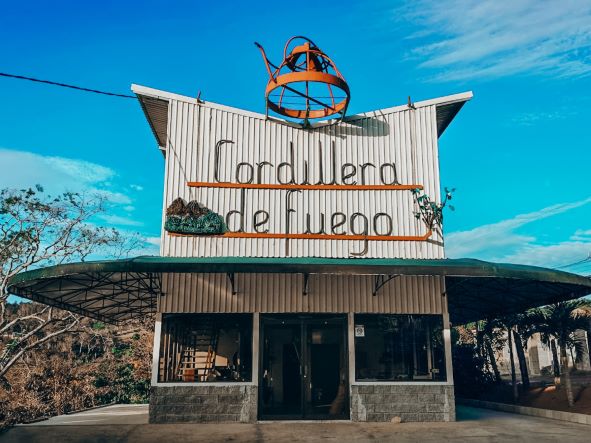There are very creative forces at work within the coffee community. With the goals of maintaining and improving the quality of Specialty Arabica coffees while ensuring yields and prices that are both worthwhile and sustainable, these innovators are looking for solutions. Additionally, many within the community are looking for new methods of processing coffee (Removing the fruit from the seeds.) This is where we are able to experiment as well, with the various new and creative processing methods.
Here are the basics:
Washed: Washed processing is one of the most common, and popular, types of processing in the coffee industry – and for good reason. Washed coffees are clean: they allow you to taste all the delicious flavors of the origin and variety, from a sparkling acidity to that hint of sweetness or a floral aroma.
Natural: Typically, in countries such as Brazil where water is not readily accessible to farms, the dry process is the preferred method of processing. In this process, the coffee goes through a cursory separation to remove any debris then the cherries are set out on drying patios for anywhere between 2 to 6 weeks.
Wet-hulled: Wet hulling, or Giling Basah, is a type of coffee processing that is unique to Indonesia and most often used in Sulawesi and Sumatra. The wet climate of Indonesia makes it difficult for coffee to dry for long periods of time. A combination of rain and humidity prevents easy drying, and the farmers had to come up with another way to process their coffee. Another factor is the desire to get their coffee to the market as fast as possible. Spending extensive time on drying out coffee means they have to wait longer to sell it, so they prefer using a faster method.
Another method that is gaining popularity is Honey Processed. https://www.craftcoffeeguru.com/?s=honey+process
https://www.craftcoffeeguru.com/?s=honey+process
Then, we have tried some Anaerobic fermentation coffees as well as, Termico (thermic) processed. An experimental method is being used by Cordillera de Fuego
The Termico (Thermic) Process
The Termico process is a new, experimental coffee process invented by don Luis Campos of Cordillera de Fuego. The process starts with cherries picked at their ripest, allowing them to have a high sugar content and thus feeding the Termico process. The semi-washed coffee is then heated with some of the coffee mucilage left on the bean. Exposure to the heat starts to break down the natural sugars of the coffee cherries, partially caramelizing them. This inventive process gives the coffee an exceptionally sweet and fruity flavor as well as around and balanced cup.
Don Luis Campos
“The owner and founder of Cordillera de Fuego, don Luis Campos, purchased his farm in 1984 shortly after graduating from university. Over the past 10 years, don Luis has been experimenting with different coffee processing methods such as natural, honey, thermic (termico), and anaerobic.  In addition to quality innovation, the farm and wet mill joined the national group NAMA (Nationally Appropriate Mitigation Actions) in 2017 with the objective as a group to reach reduction emissions of greenhouse gases within the coffee sector. One of the biggest projects they have done is the installation of solar panels, with these panels the main office is able to run off of 100% solar energy plus the solar panel also supplies more than 50% of the energy for the wet mill.” (From Genuine Origin Description)
In addition to quality innovation, the farm and wet mill joined the national group NAMA (Nationally Appropriate Mitigation Actions) in 2017 with the objective as a group to reach reduction emissions of greenhouse gases within the coffee sector. One of the biggest projects they have done is the installation of solar panels, with these panels the main office is able to run off of 100% solar energy plus the solar panel also supplies more than 50% of the energy for the wet mill.” (From Genuine Origin Description)
Most experimentation in the coffee world comes to us through the brewing process which includes all the steps post-roast to drinking. The objective is clear, produce the “best” cup of coffee possible. The reason for the quotation marks around best is that best is entirely subjective. One person’s nectar is another’s swill. That being said, optimum extraction of the chosen beans goes a long way toward the enjoyment of the cup, and experimenting to find new and creative methods of extraction can be both fun and rewarding.
How do we at Wood-Fire Roasted Coffee Company experiment with coffee? Foremost, we are all about tradition and providing the best possible building blocks (beans) for your daily coffee ritual. We are always looking out for new and creative methods of processing and brewing coffee as well as striving to ever perfect our roasting craft. We try new woods to see what that impact will be on the coffee, as well as modifying our approach to roasting which might mean speeding up the process or slowing it down. Rest assured, we are always looking for new and innovative coffee information to continue to bring you fun and exciting things to try.
